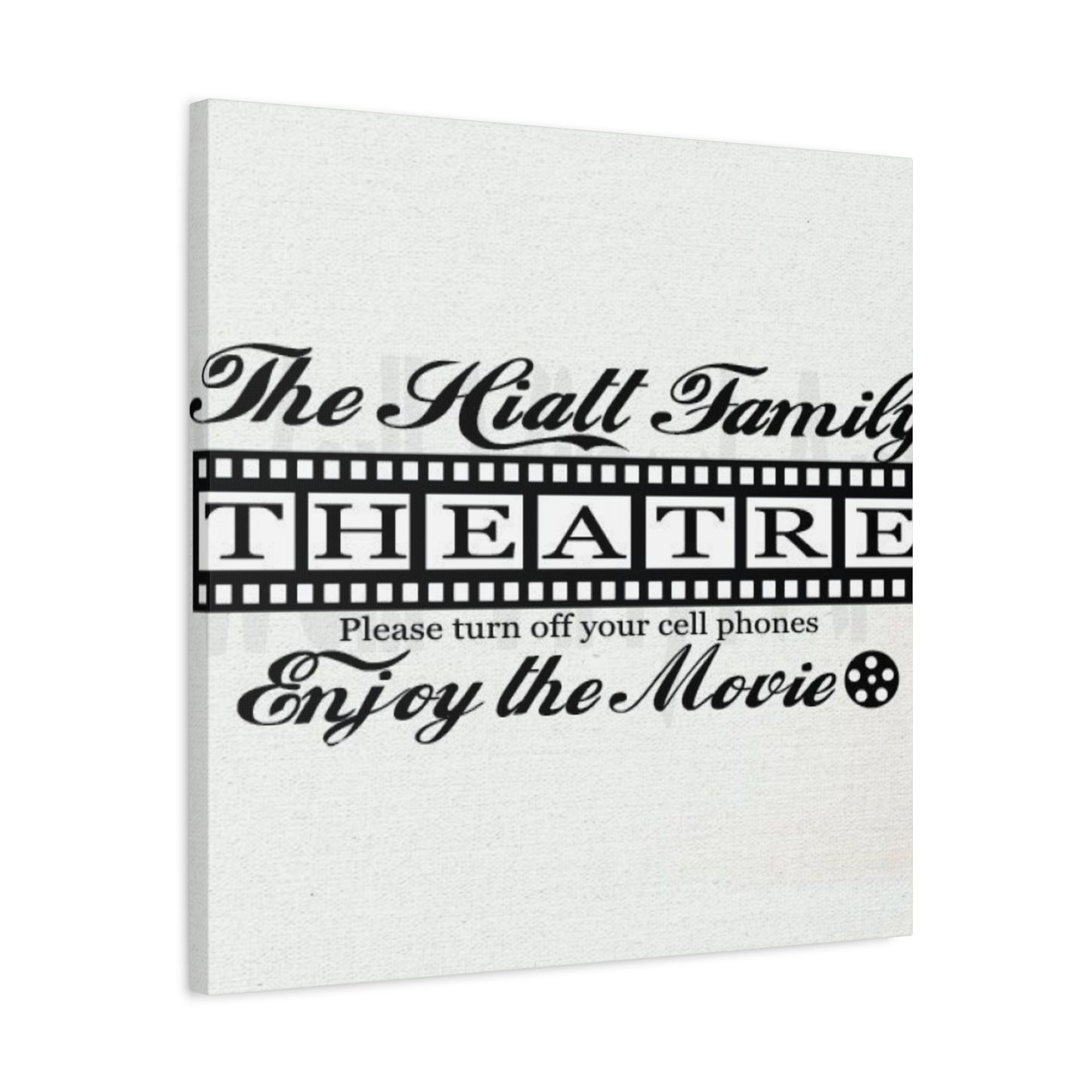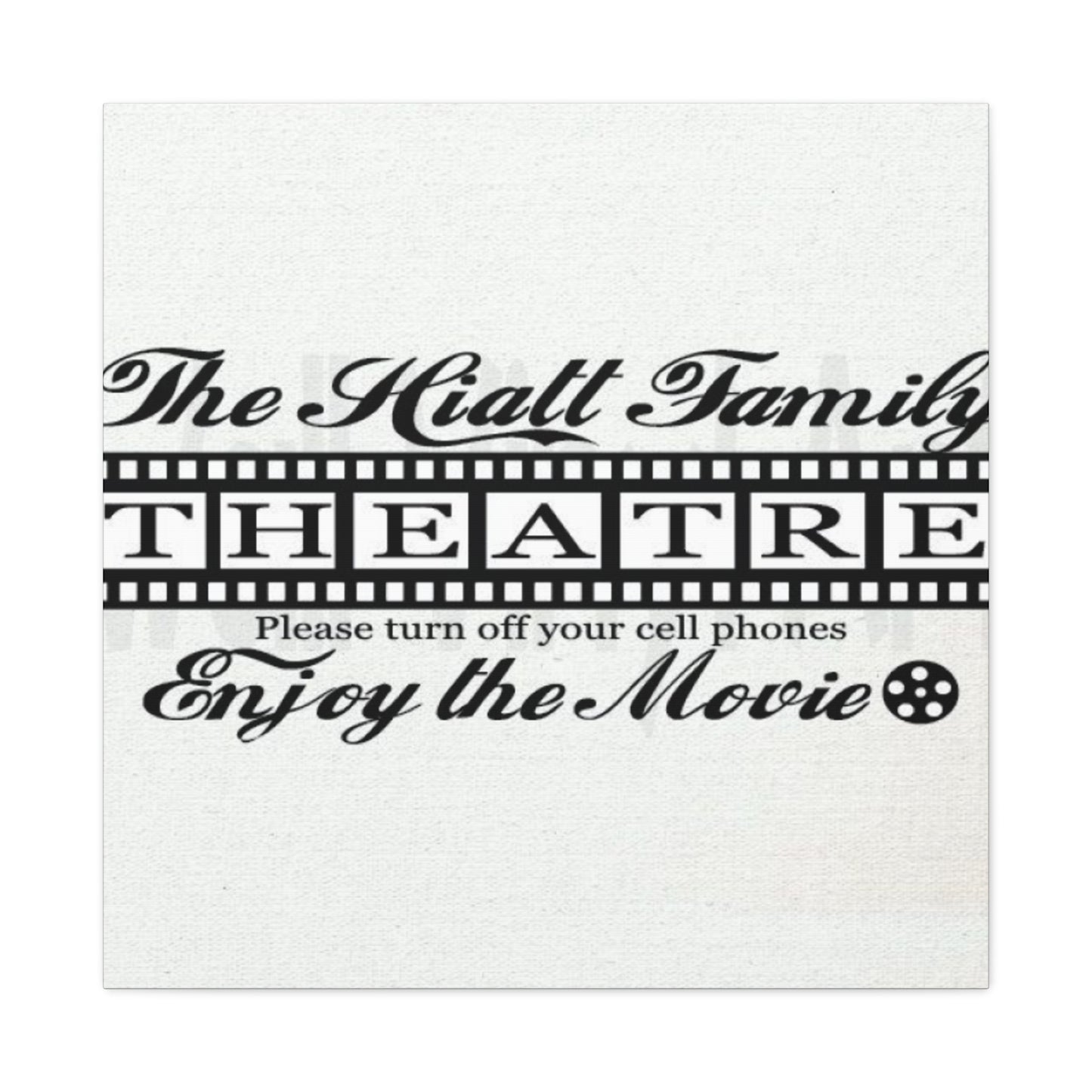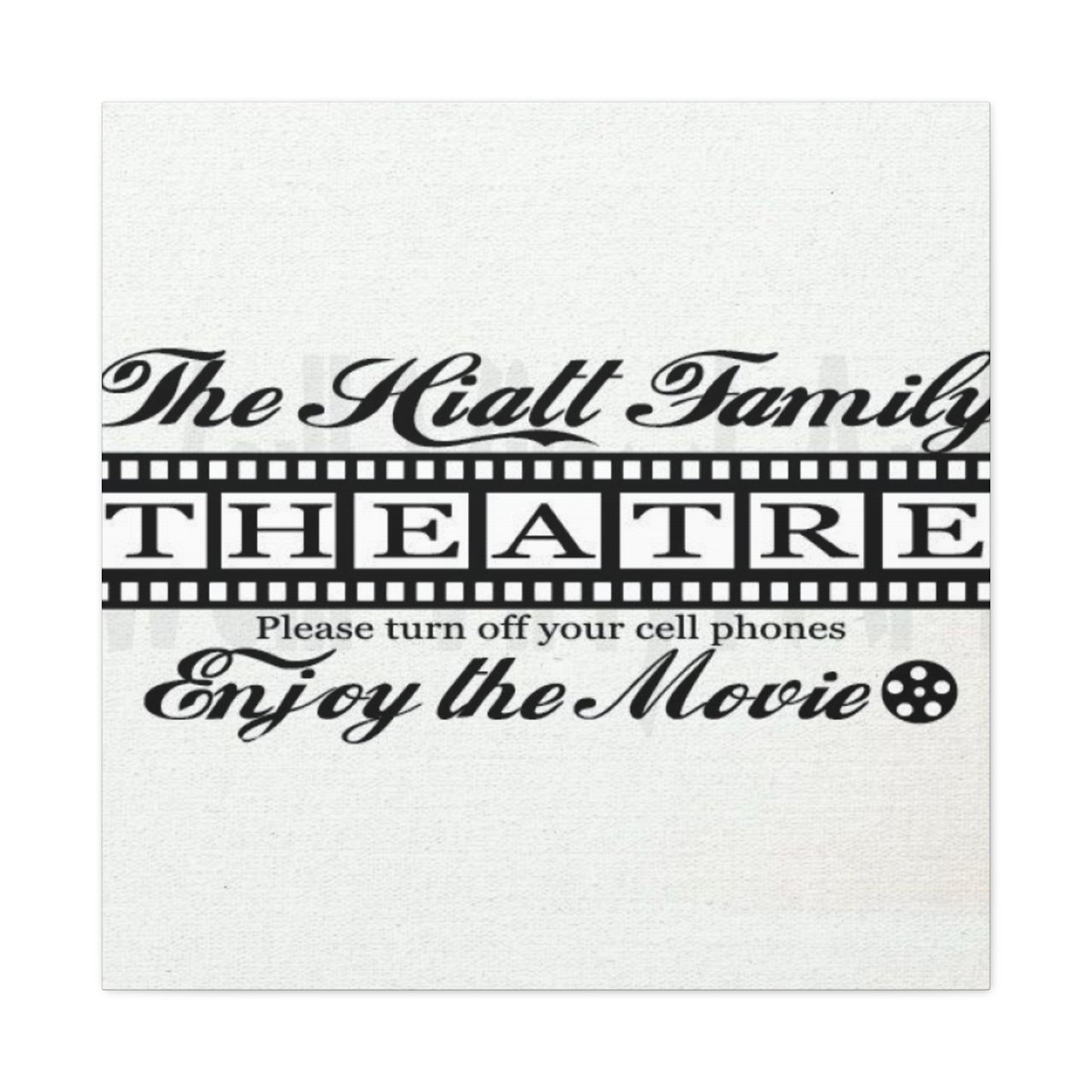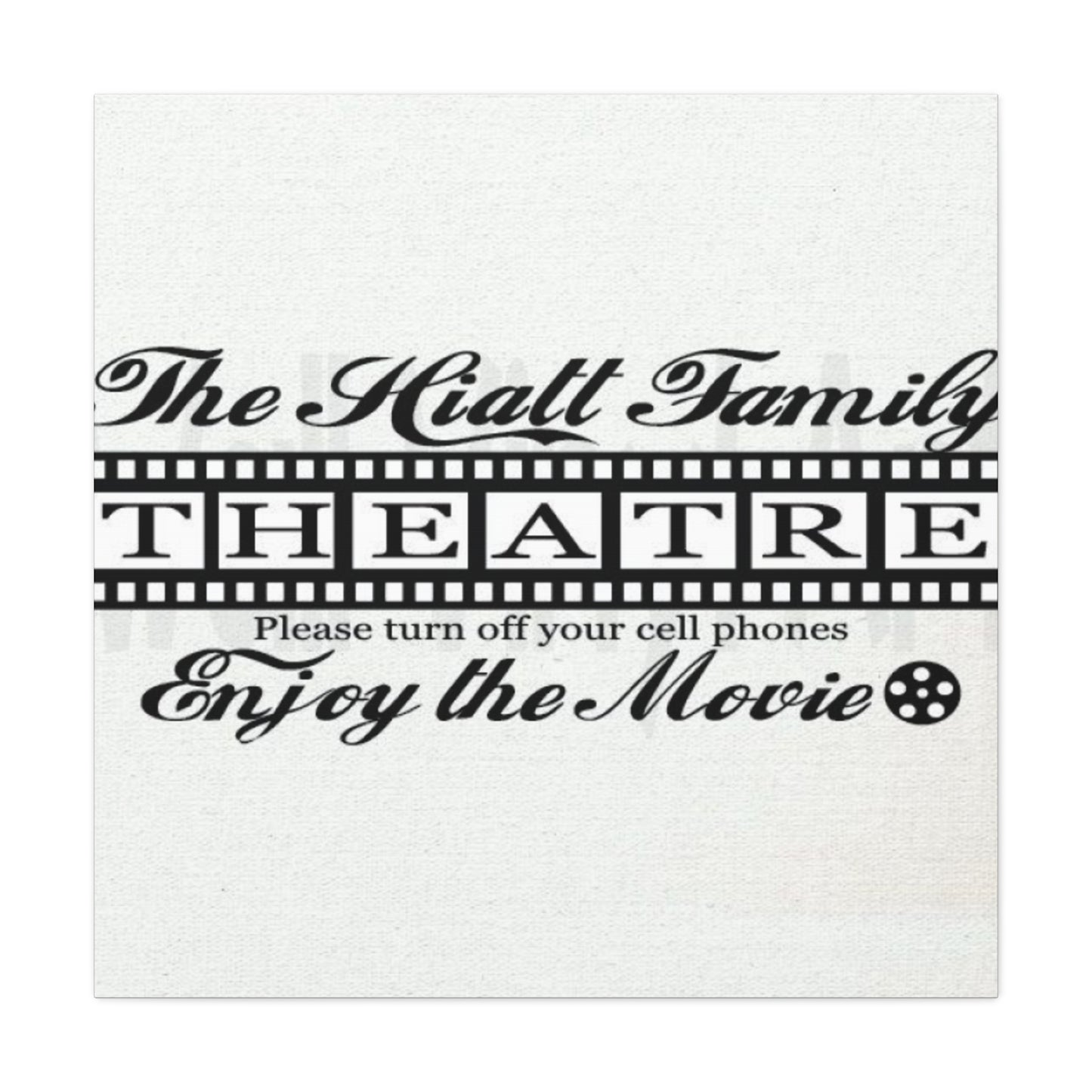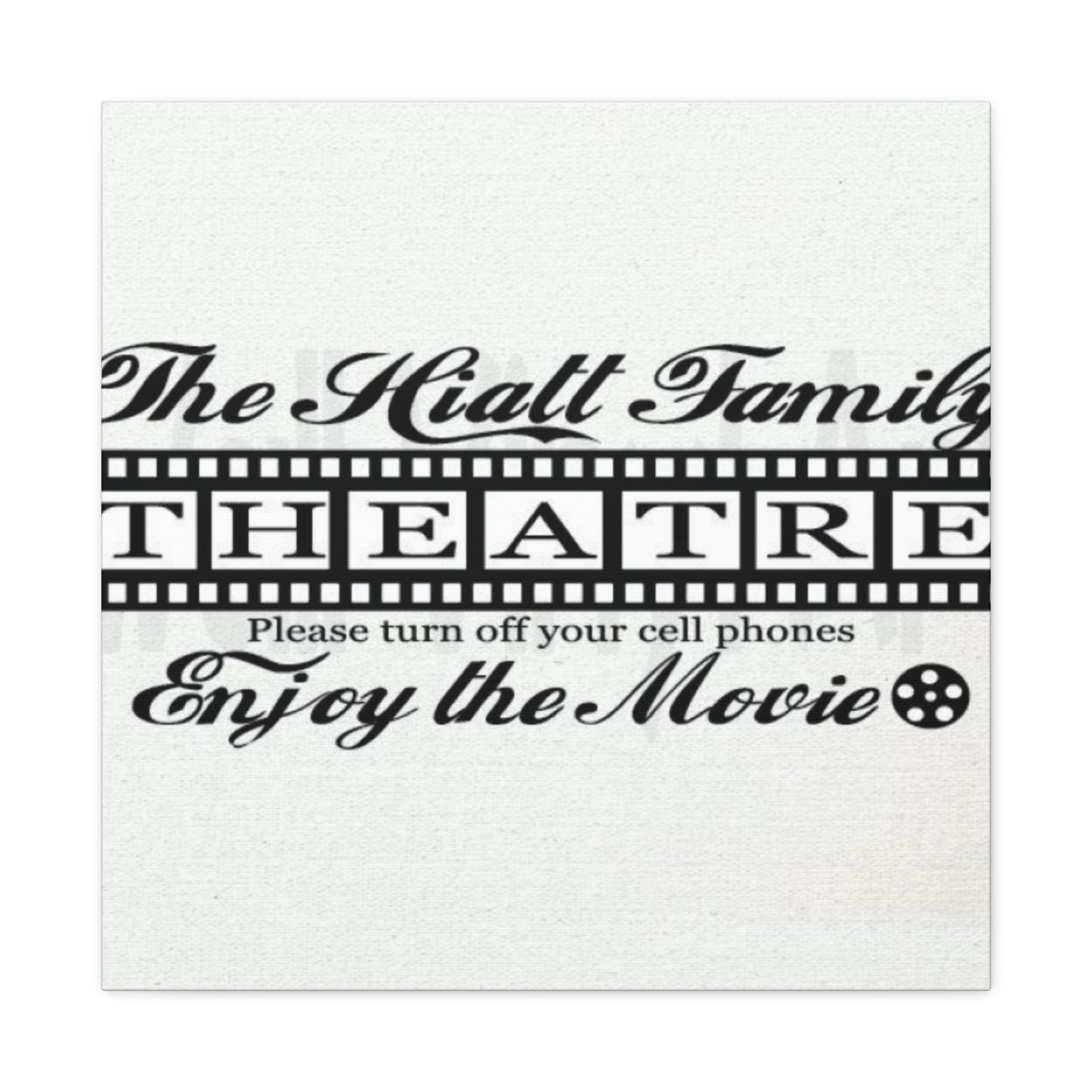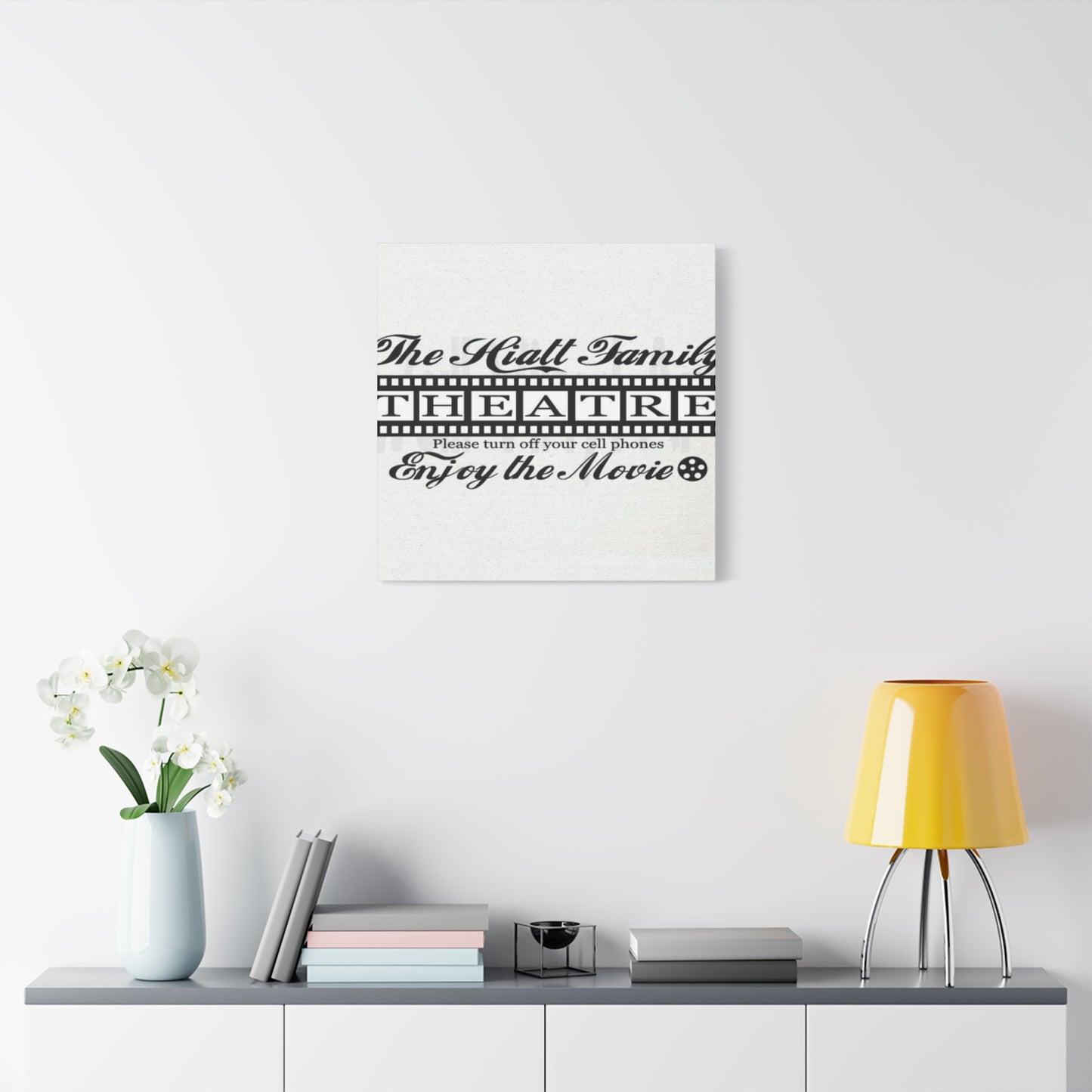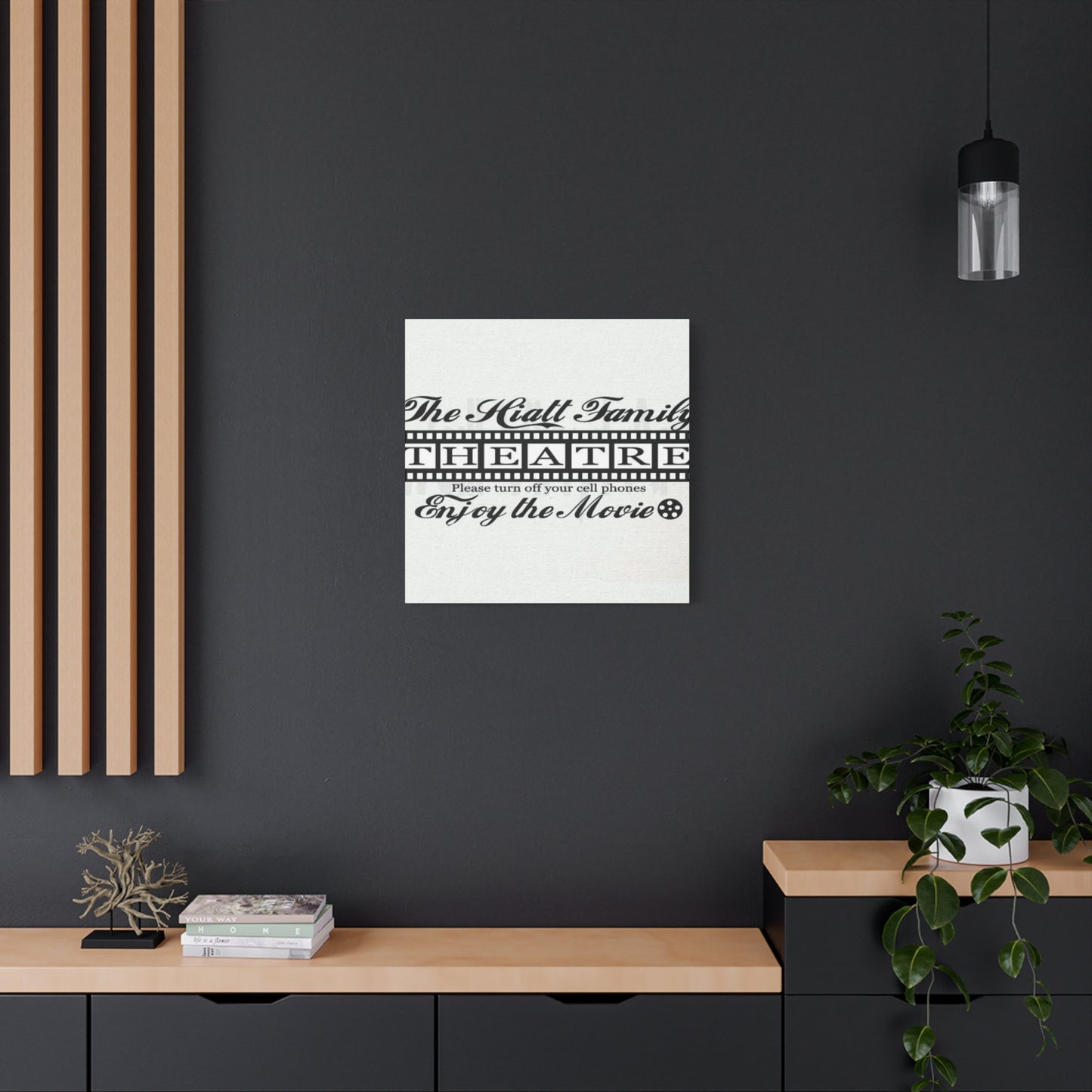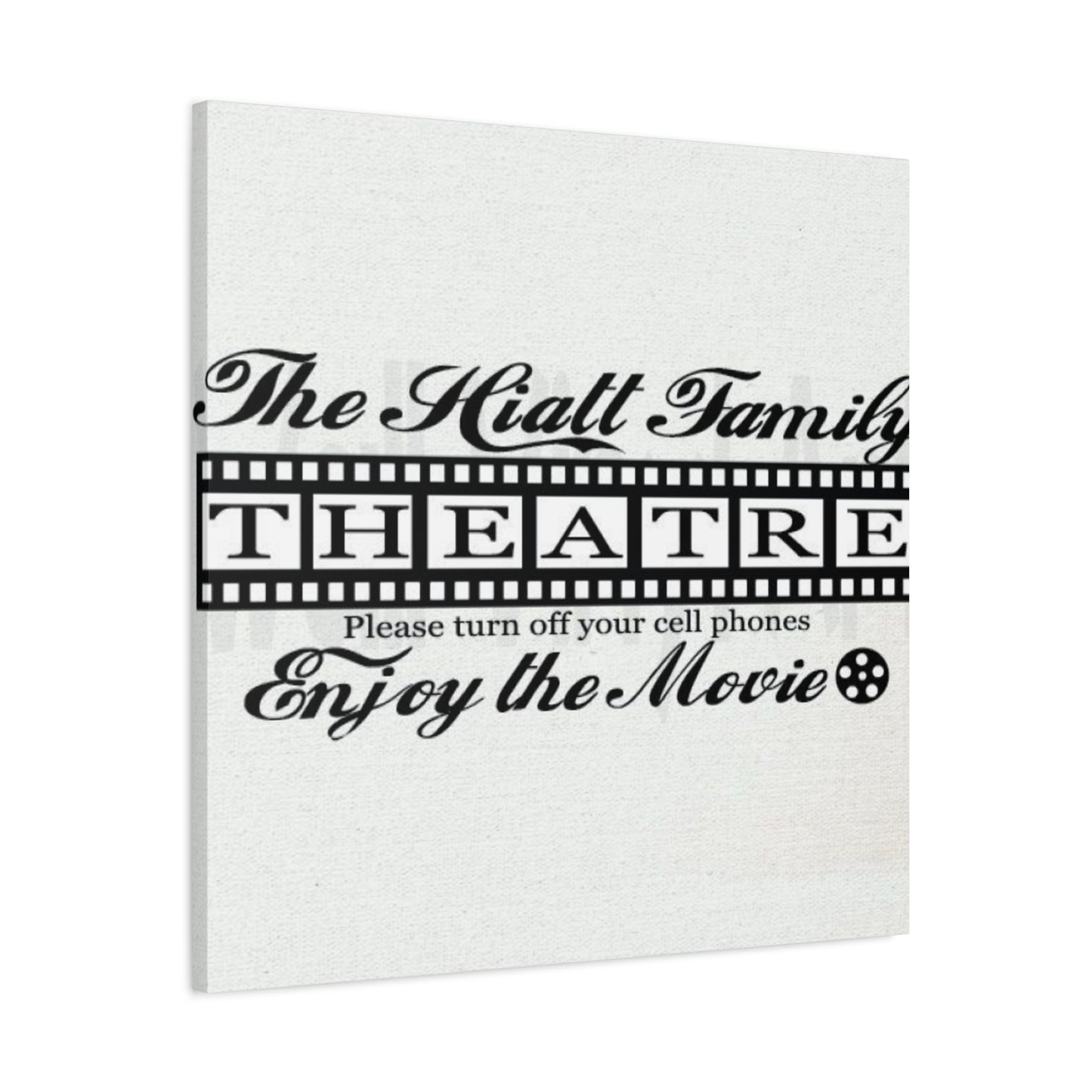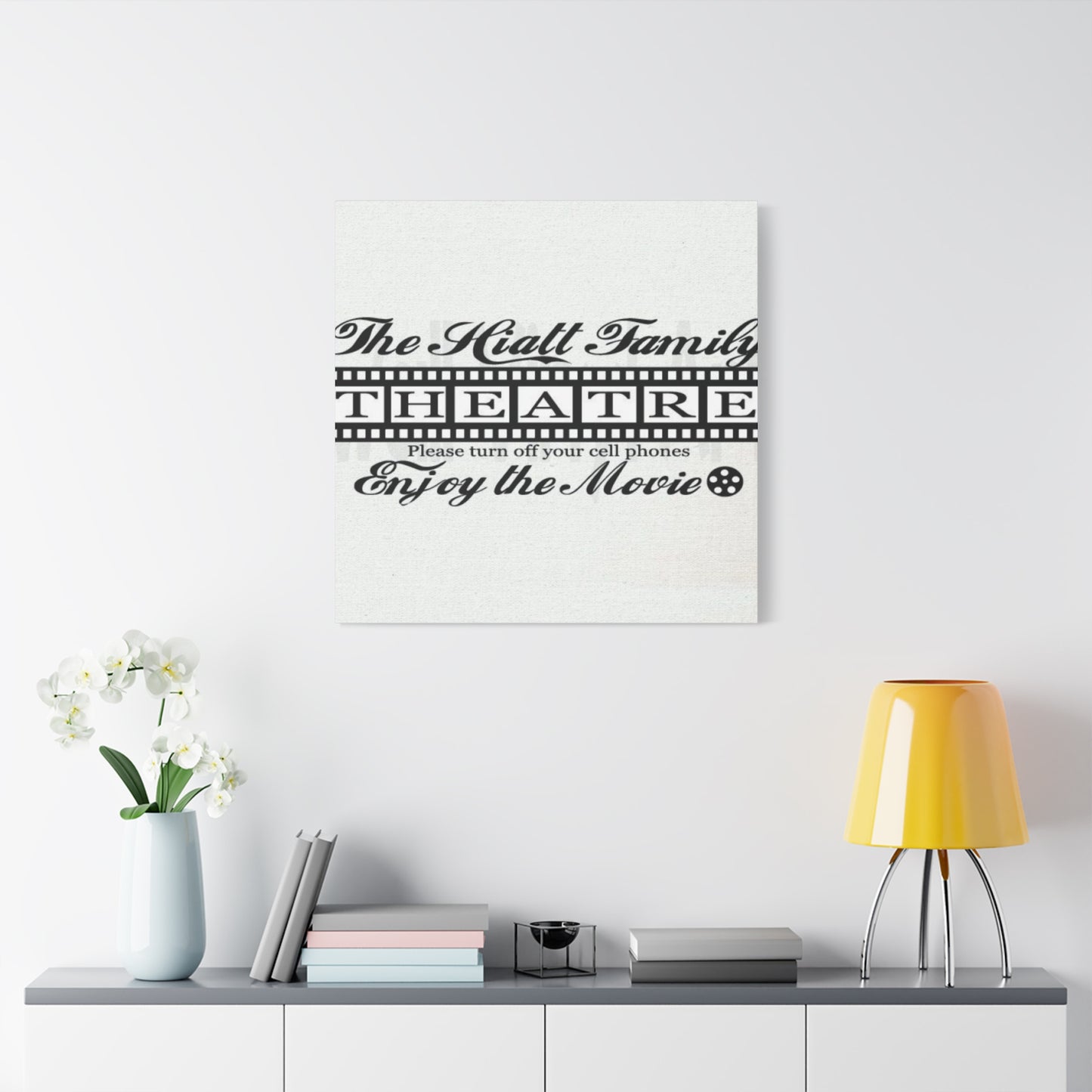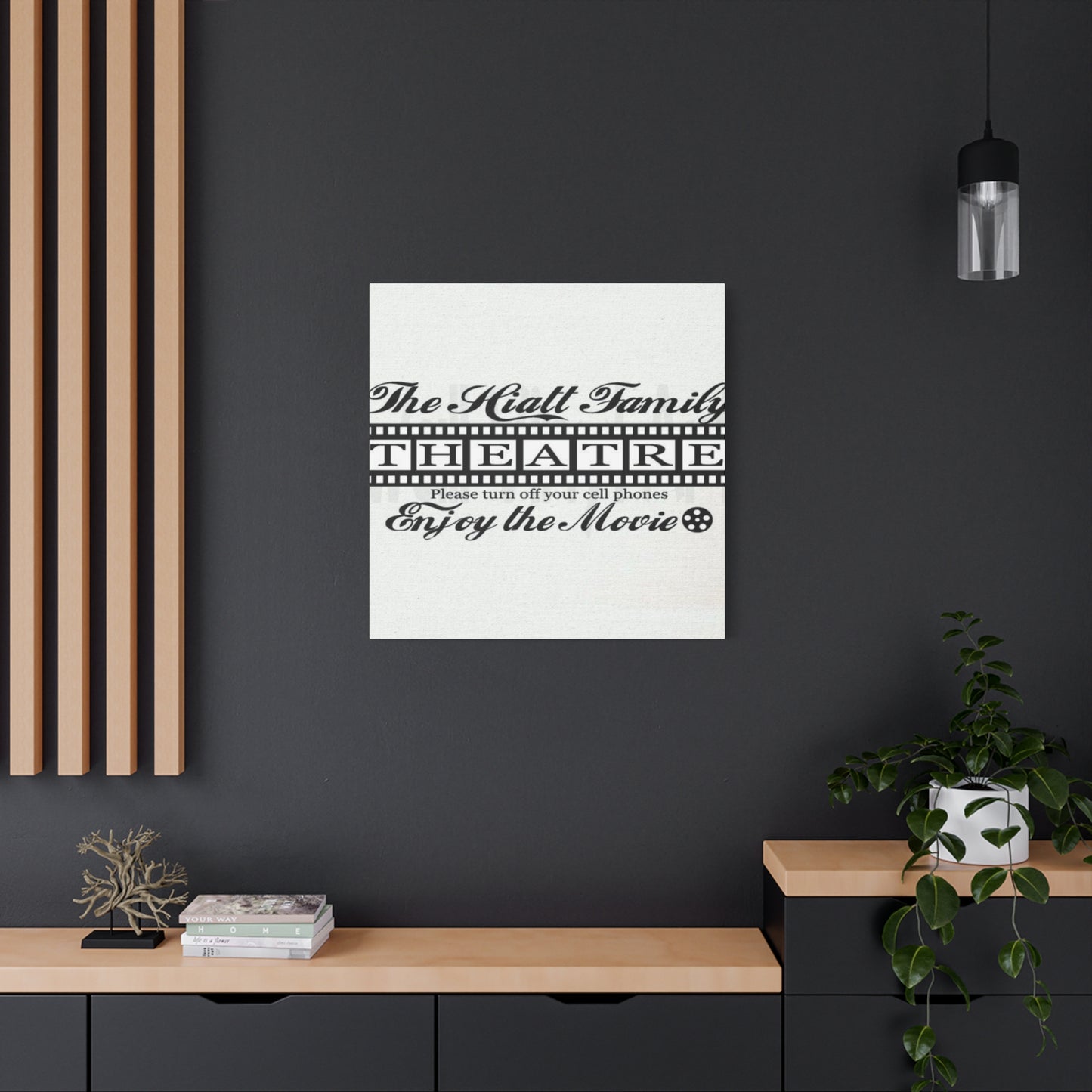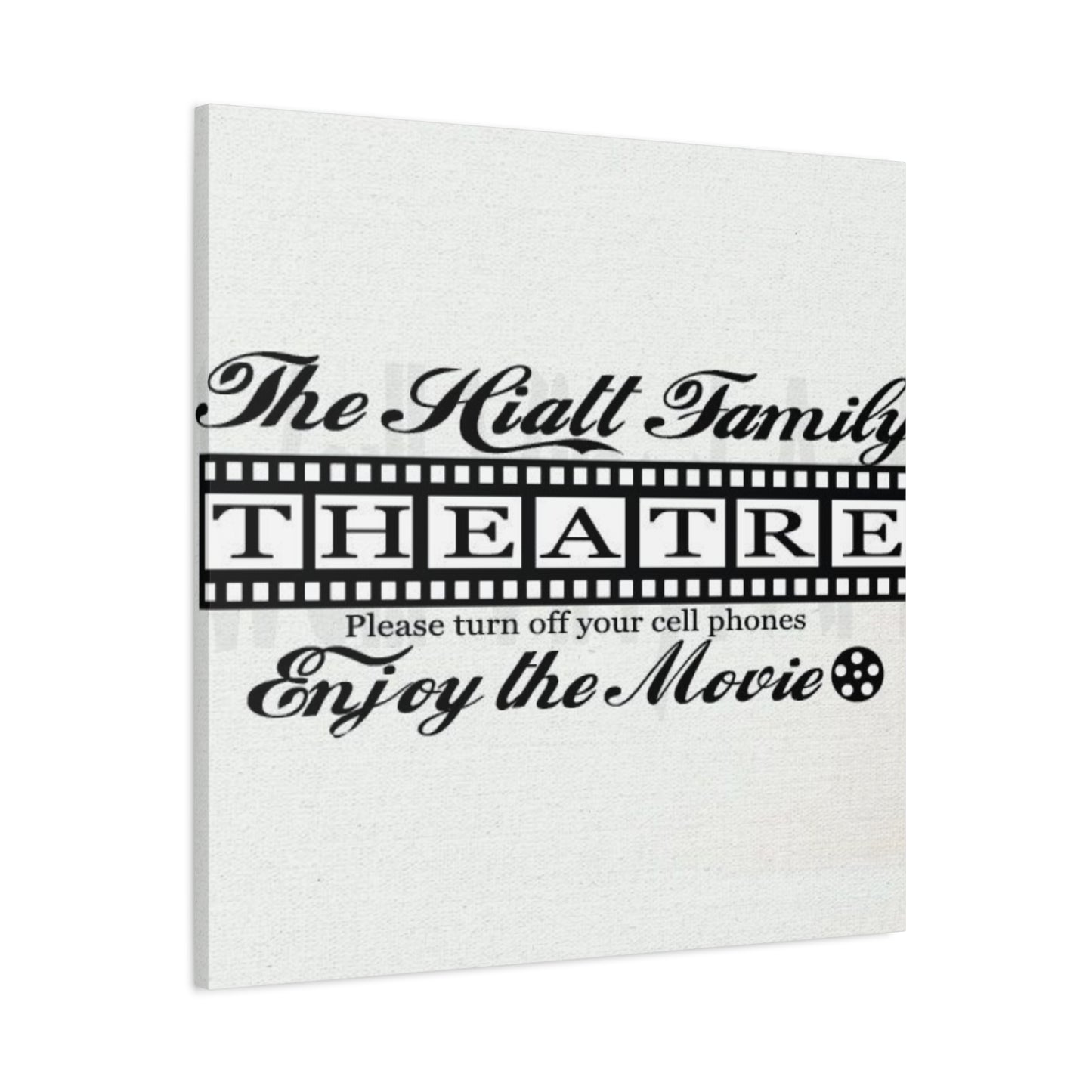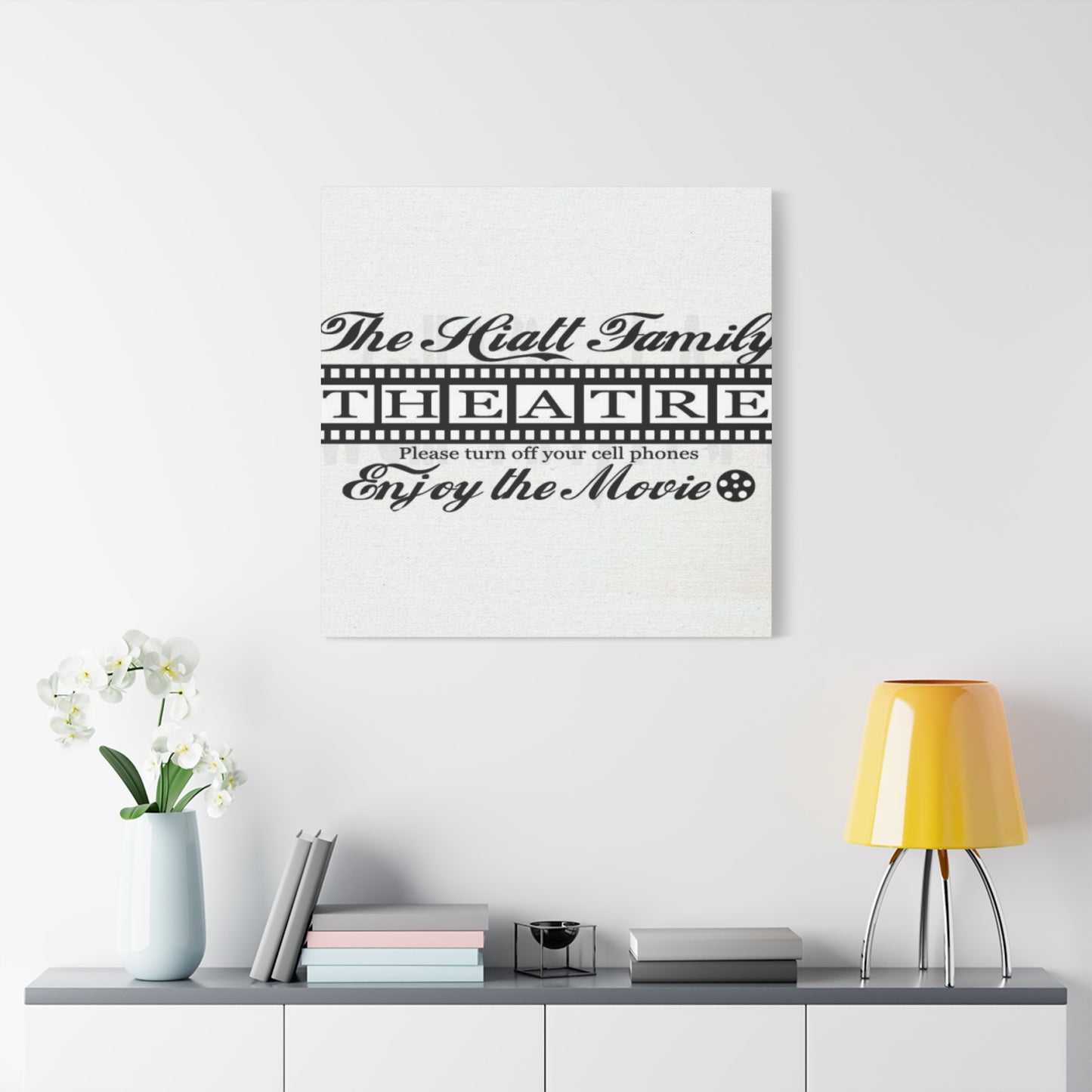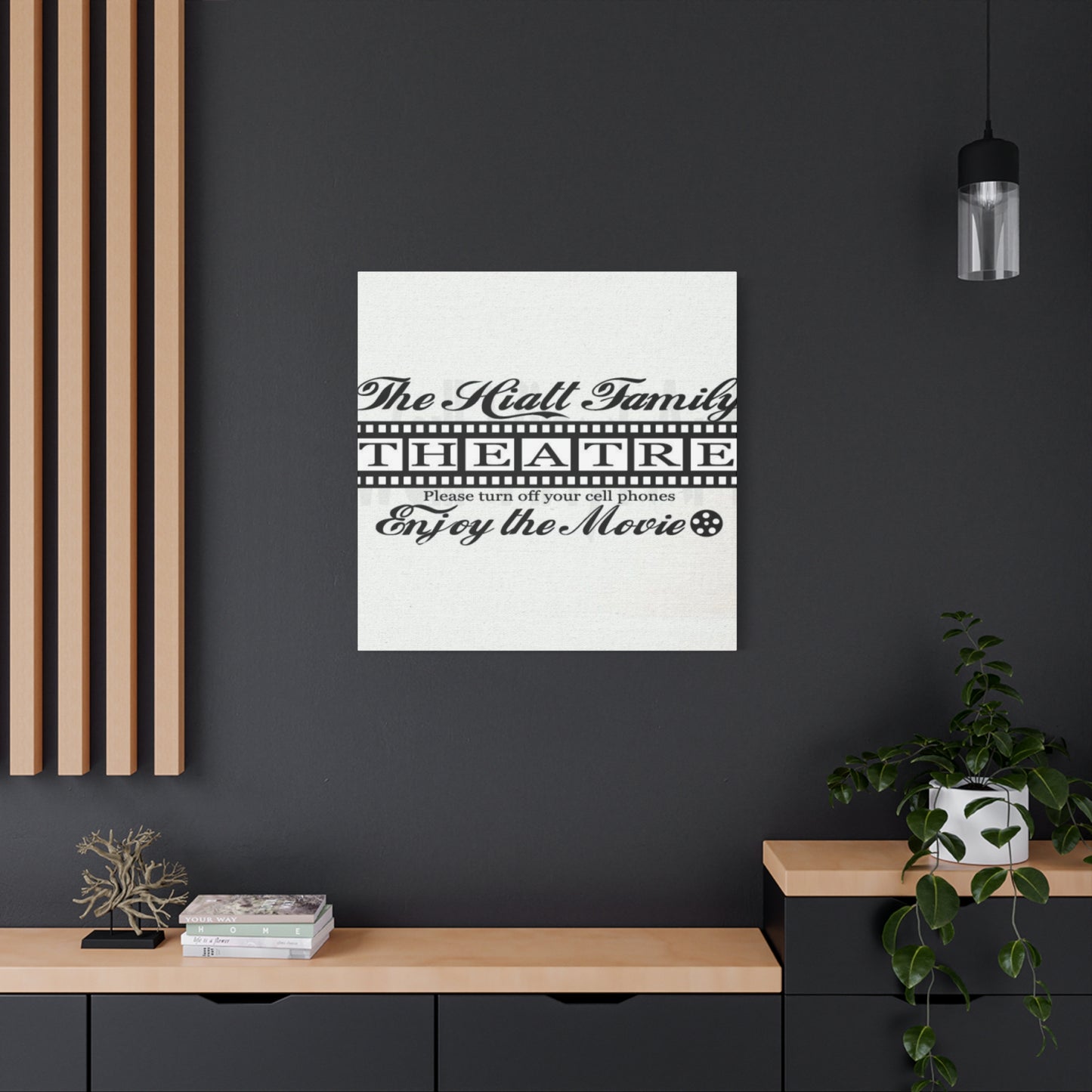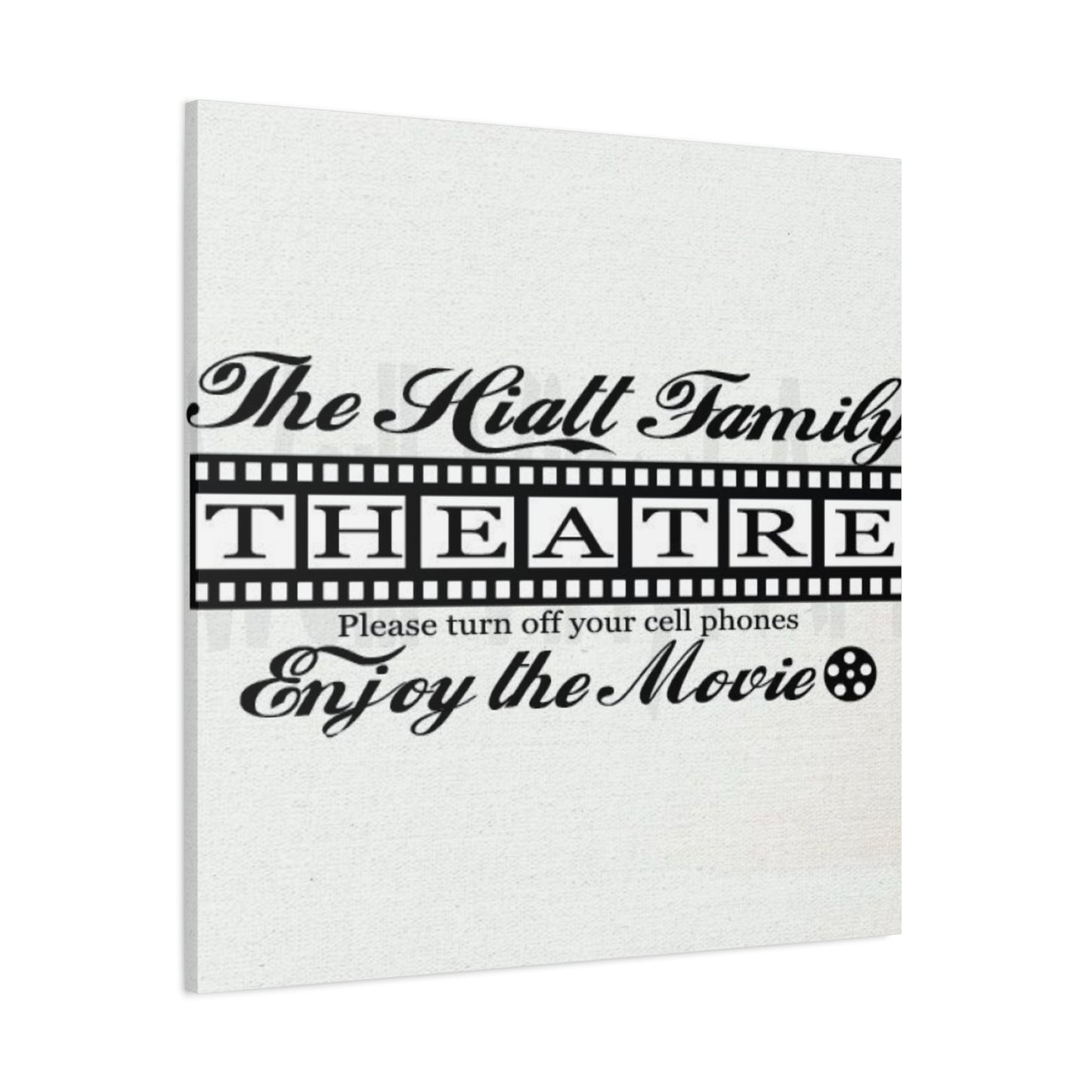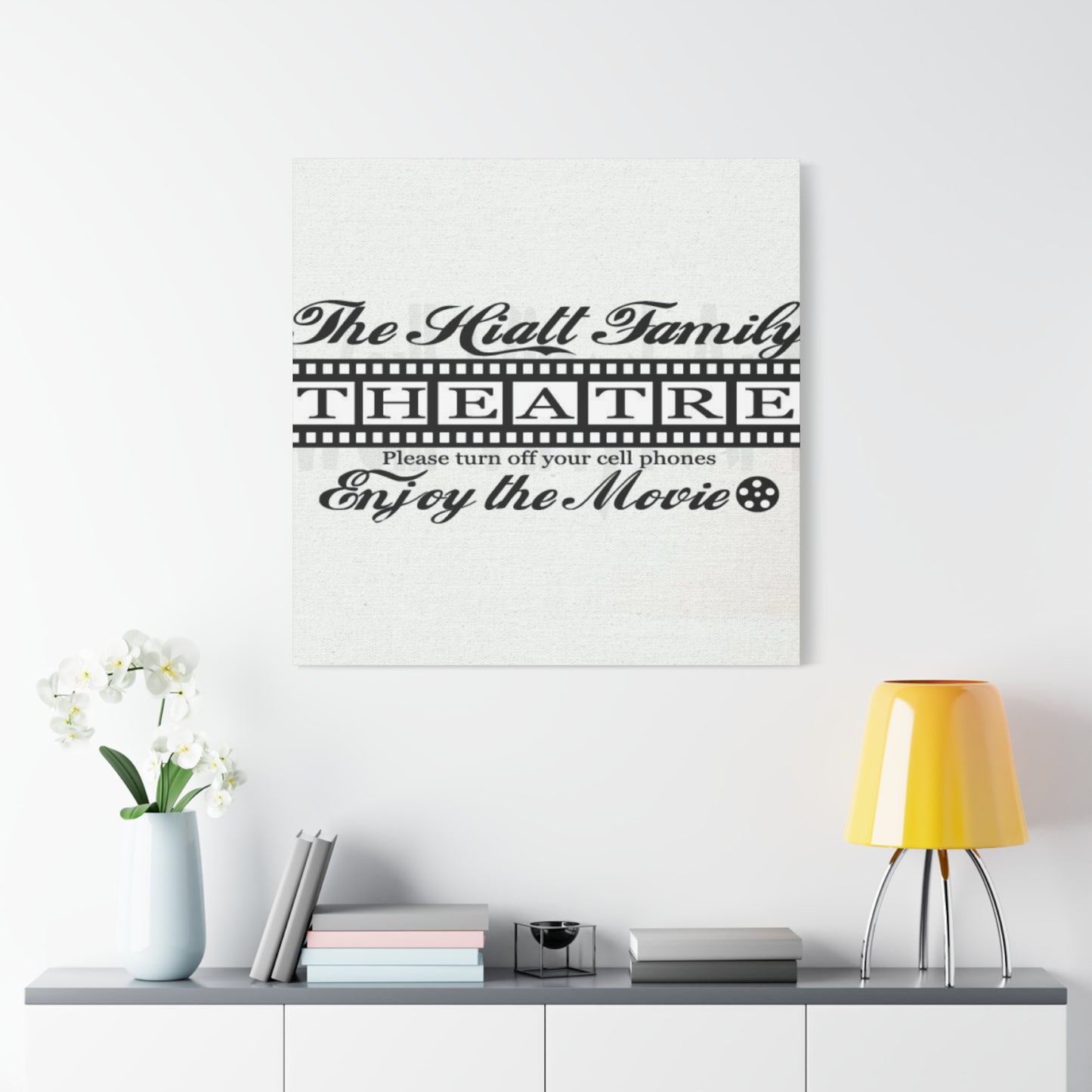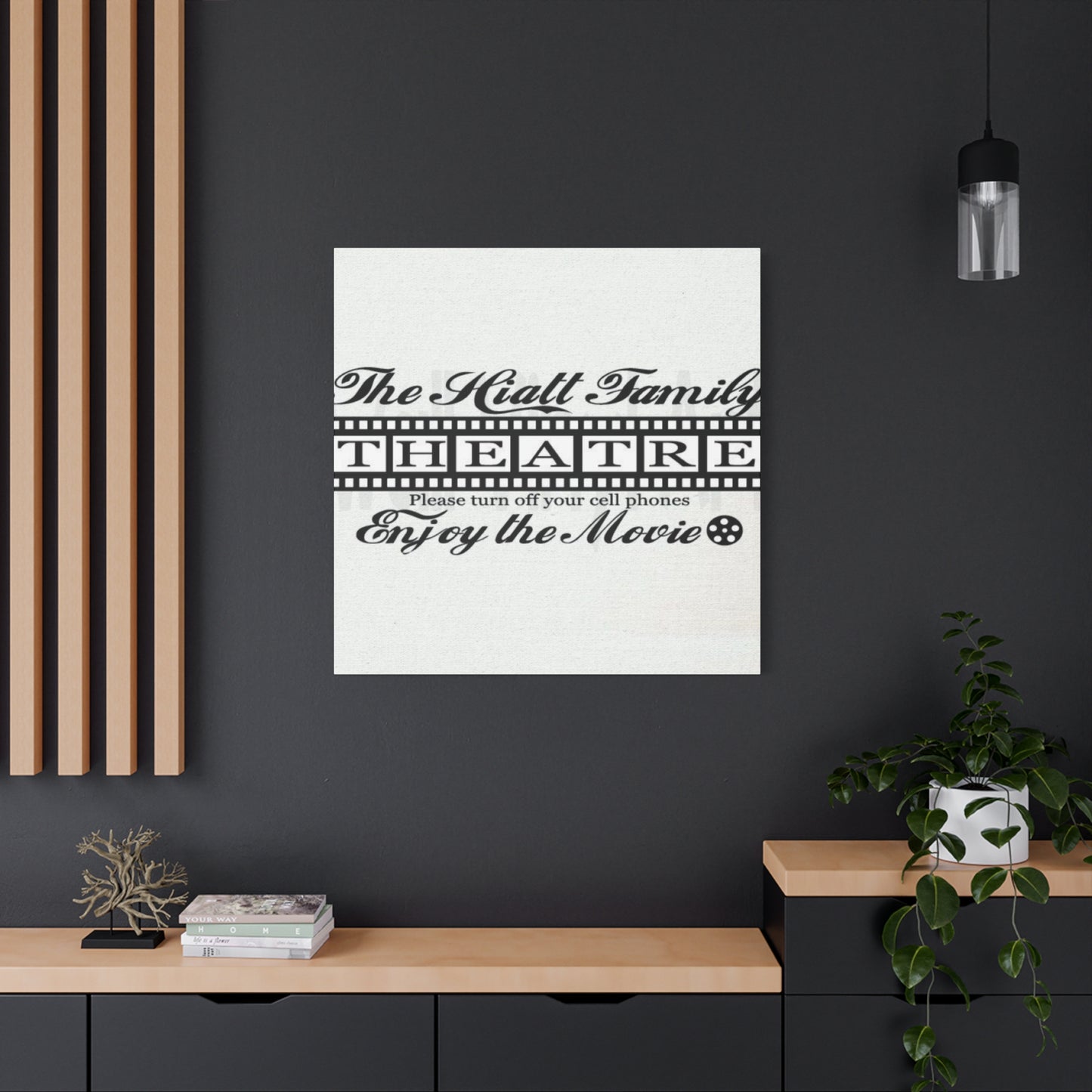The Best Frames and Mounting Options for Movie Poster Wall Art
Cinema history comes alive through the artistry of classic film posters that have transcended their original promotional purpose to become coveted pieces of wall art. These vintage masterpieces capture the golden age of Hollywood with their distinctive aesthetic, bold typography, and artistic compositions that reflect the design sensibilities of their respective eras. From the noir atmosphere of 1940s detective films to the vibrant pop art influences of 1960s blockbusters, classic movie posters serve as windows into cinematic and cultural history.
The enduring appeal of classic film posters lies in their ability to evoke nostalgia while maintaining contemporary relevance. Original lithographs from legendary films like "Casablanca," "Gone with the Wind," and "The Wizard of Oz" command premium prices among collectors, but high-quality reproductions make these iconic designs accessible to cinema enthusiasts seeking to incorporate timeless Hollywood glamour into their living environments. The artistic merit of these posters often rivals that of fine art prints, featuring the work of renowned illustrators and graphic designers who understood the power of visual storytelling.
When selecting classic movie posters for wall art, consider the artistic movement and design philosophy of the era. Art Deco influences dominated the 1920s and 1930s posters, characterized by geometric patterns, streamlined forms, and luxurious color palettes. Post-war posters embraced more experimental approaches, incorporating photomontage techniques and abstract elements that reflected changing artistic sensibilities. The craftsmanship evident in hand-drawn illustrations and carefully composed layouts demonstrates the meticulous attention to detail that distinguished classic film marketing materials from contemporary digital designs.
The color schemes and typography of classic movie posters can complement various home aesthetics, from mid-century modern to contemporary minimalist approaches. Earth tones and muted palettes characteristic of 1940s and 1950s posters harmonize beautifully with neutral room schemes, while the bold primary colors of 1960s and 1970s designs can serve as dynamic focal points in more eclectic environments. The sophisticated use of negative space and balanced compositions in classic posters demonstrates timeless design principles that continue to influence contemporary graphic design.
Classic movie posters also serve as conversation starters, inviting discussions about film history, artistic movements, and cultural significance. Each poster tells a story beyond the film it represents, reflecting the marketing strategies, social attitudes, and aesthetic preferences of its time period. This multilayered appeal makes classic film posters particularly suitable for creating sophisticated wall art arrangements that combine entertainment value with educational and artistic merit.
The investment potential of classic movie posters adds another dimension to their appeal as wall art. Original posters from significant films or featuring the work of notable artists have demonstrated consistent appreciation in value over time. However, the primary motivation for incorporating these pieces into home decor should be personal appreciation rather than financial considerations, as the true value lies in the daily enjoyment and cultural enrichment they provide.
How to Choose Movie Poster Art for Your Room
Selecting the perfect movie poster art requires careful consideration of multiple factors that influence both aesthetic impact and personal satisfaction. The process begins with honest assessment of your existing decor, room dimensions, color scheme, and lighting conditions, as these elements will determine which posters will integrate successfully into your environment. Understanding your personal connection to specific films, genres, or artistic styles ensures that your chosen pieces will provide lasting enjoyment rather than temporary visual appeal.
Room size and ceiling height significantly impact poster selection decisions. Large-format posters make bold statements in spacious rooms with high ceilings but can overwhelm smaller environments where multiple smaller pieces might create more balanced visual impact. Consider the viewing distance from primary seating areas, as intricate details and subtle color variations become more apparent at closer ranges. Poster placement should account for natural and artificial lighting sources, as direct sunlight can cause fading while insufficient illumination diminishes visual impact.
Color coordination involves more than simple matching; successful poster selection considers undertones, saturation levels, and color temperature relationships with existing furnishings. Cool blue and green tones in film posters can complement contemporary minimalist schemes, while warm reds and yellows enhance traditional or rustic environments. Monochromatic posters offer versatility in colorful rooms, while vibrant designs can energize neutral palettes. Consider seasonal color preferences and whether you want poster art to serve as permanent fixtures or rotating displays that can be changed periodically.
Genre considerations extend beyond personal film preferences to encompass the emotional atmosphere each poster creates. Horror film posters might suit entertainment areas but feel inappropriate in bedrooms, while romantic comedy posters could enhance intimate settings but lack impact in formal living areas. Action and adventure posters typically feature dynamic compositions and bold colors that work well in active family areas, while art house and foreign film posters often display sophisticated design elements suitable for more contemplative environments.
Personal connection to featured films significantly influences long-term satisfaction with poster selections. Choose pieces that represent meaningful cinematic experiences, favorite actors, or films that hold special significance in your life story. This emotional connection ensures continued appreciation even as design trends evolve. Consider creating thematic groupings around particular decades, genres, directors, or actors to develop cohesive collections that reflect your cinematic interests and knowledge.
Budget considerations affect both poster quality and quantity options. Original vintage posters command premium prices but offer authenticity and potential investment value. High-quality reproductions provide access to iconic designs at more affordable price points, while custom printing services enable creation of unique pieces from rare or obscure films. Factor in framing costs, which can significantly impact total investment but dramatically improve presentation quality and poster longevity.
The intended permanence of poster displays influences selection criteria. Temporary arrangements allow experimentation with different styles and themes, while permanent installations warrant more careful consideration of lasting appeal. Consider whether you prefer classic designs with timeless qualities or contemporary pieces that reflect current aesthetic trends. Plan for potential future changes in taste, room function, or living situation that might affect poster relevance and appropriateness.
Iconic Film Posters to Elevate Your Home Aesthetic
Certain movie posters have achieved iconic status that transcends their original promotional purpose, becoming recognizable symbols of cinema culture that instantly elevate any home environment. These masterpieces of graphic design combine artistic excellence with cultural significance, creating wall art that serves multiple functions as conversation pieces, aesthetic focal points, and expressions of sophisticated taste. The most influential film posters demonstrate exceptional compositional skill, innovative visual concepts, and enduring appeal that continues to inspire contemporary designers and artists.
The poster for "Jaws" exemplifies minimalist design principles while creating maximum psychological impact through its stark imagery and bold typography. The upward-pointing shark silhouette against a clean background creates tension and movement that draws viewers into the composition, while the blood-red title treatment adds dramatic emphasis without overwhelming the core concept. This design approach influenced countless subsequent posters and demonstrates how effective simplicity can be in creating memorable visual statements suitable for sophisticated home environments.
Saul Bass revolutionized movie poster design through his work on Alfred Hitchcock films, creating geometric compositions that captured psychological themes through abstract visual metaphors. His poster for "Vertigo" uses spiral motifs and fragmented imagery to suggest the film's themes of obsession and psychological instability, while maintaining elegant design sensibilities that work beautifully as wall art. Bass's approach to reducing complex narratives to essential visual elements created posters that function as standalone artworks independent of their promotional origins.
The poster for "Pulp Fiction" became a cultural phenomenon that helped define 1990s design aesthetics through its bold use of primary colors, retro typography, and iconic imagery. The composition's confident use of negative space and strategic placement of visual elements creates dynamic balance that works effectively in contemporary home settings. This poster demonstrates how modern films can produce designs with immediate classic status through thoughtful artistic execution and cultural resonance.
Polish film poster art represents a unique artistic tradition that prioritizes artistic interpretation over literal representation of film content. These posters, created by renowned artists like Franciszek Starowieyski and Wiesław Wałkuski, approach movie advertising as fine art opportunities, resulting in surreal, symbolic compositions that elevate any room's aesthetic sophistication. The artistic freedom granted to Polish poster artists produced works that function as gallery-worthy pieces while maintaining connection to their cinematic origins.
Japanese film posters, particularly those for samurai and monster films, demonstrate distinctive aesthetic sensibilities that blend traditional artistic elements with modern graphic design principles. The poster for "Seven Samurai" incorporates calligraphic elements and compositional balance derived from traditional Japanese art while presenting information in visually compelling arrangements. These cultural influences create unique visual statements that add international sophistication to home environments.
Science fiction film posters offer opportunities to incorporate futuristic design elements and speculative artistic visions into contemporary living environments. The poster for "2001: A Space Odyssey" presents minimalist geometric forms and cosmic imagery that complement modern architectural elements and contemporary furniture design. The genre's emphasis on imaginative visuals and technological themes creates poster art that feels forward-thinking and intellectually engaging.
Film noir posters capture the atmospheric qualities of this influential genre through dramatic lighting effects, angular typography, and sophisticated color schemes dominated by blacks, whites, and dramatic accent colors. These design elements translate beautifully to home environments, particularly in settings that emphasize architectural drama and sophisticated material choices. The timeless appeal of noir aesthetics ensures these posters remain relevant across changing design trends.
Decorating Tips Using Movie Poster Prints
Successfully incorporating movie poster prints into home decor requires strategic planning and thoughtful execution that considers both aesthetic principles and practical concerns. The key to effective poster integration lies in treating these pieces as legitimate artworks rather than casual decorative afterthoughts, giving them appropriate prominence and support through proper placement, framing, and environmental considerations that enhance their visual impact and longevity.
Grouping strategies can dramatically improve the visual impact of movie poster displays, creating cohesive arrangements that feel intentional and well-considered rather than random collections. Gallery wall approaches work particularly well with movie posters, allowing you to combine different sizes, styles, and themes within unified frameworks that create dynamic visual interest. Consider organizing groups around common elements such as color schemes, time periods, genres, or visual styles to establish connecting threads that tie disparate pieces together into coherent compositions.
Scale relationships between posters and room elements require careful consideration to achieve balanced proportions that feel natural and harmonious. Large posters work best as standalone focal points or anchors for smaller grouped pieces, while collections of similarly-sized posters can create rhythmic patterns across wall surfaces. Consider the relationship between poster dimensions and furniture proportions, ensuring that horizontal pieces complement wide furniture arrangements while vertical orientations work well above narrow elements like side tables or bookcases.
Lighting considerations significantly impact how movie posters appear in room environments, affecting color perception, contrast levels, and overall visual clarity. Natural lighting can enhance poster colors during daytime hours but may cause fading over extended periods, making UV-filtering glass or strategic placement away from direct sunlight advisable for valuable pieces. Artificial lighting options include track lighting, picture lights, or strategically placed accent lamps that can highlight poster details and create evening ambiance that enhances viewing experiences.
Color coordination strategies should consider both direct color relationships and broader tonal harmonies that affect room atmosphere. Monochromatic poster schemes can provide sophisticated backdrops for colorful furnishings, while vibrant poster selections can energize neutral room palettes. Consider seasonal color variations and whether poster selections should complement existing permanent elements or provide contrasting focal points that add visual excitement to stable room schemes.
Framing choices dramatically affect how movie posters integrate with existing decor styles and quality expectations. Traditional wood frames work well with classic posters and formal room settings, while sleek metal frames complement contemporary aesthetics and modern architectural elements. Mat selection affects visual proportion and color relationships, with neutral mats providing versatile options that allow poster colors to dominate while colored mats can create intentional color connections with room elements.
Placement height should consider typical viewing angles and furniture arrangements to optimize visual impact and viewing comfort. Standard gallery hanging practices suggest positioning poster centers at eye level, but room-specific factors like seating arrangements and ceiling heights may require adjustments. Consider how poster positions relate to furniture layouts and traffic patterns to ensure pieces remain visible and accessible without interfering with room functionality.
Rotation strategies allow you to enjoy larger poster collections without overwhelming room environments, creating opportunities to refresh room appearance and accommodate changing tastes or seasonal preferences. Storage considerations for non-displayed posters include climate control, protection from physical damage, and organization systems that make rotation practical and enjoyable rather than burdensome.
Vintage vs. Modern Movie Poster Wall Art
The distinction between vintage and modern movie poster wall art encompasses far more than age differences, reflecting fundamental changes in artistic techniques, cultural values, production methods, and aesthetic philosophies that influence their suitability for different home environments and personal preferences. Understanding these differences enables informed decisions about which era's designs best complement your living situation and artistic sensibilities while considering practical factors like availability, cost, and preservation requirements.
Vintage movie posters, typically defined as pieces created before 1980, represent an era of hand-crafted artistry where skilled illustrators and graphic artists created original compositions using traditional artistic techniques. These pieces often feature painted artwork, hand-lettered typography, and carefully orchestrated color schemes that demonstrate individual artistic vision and craftsmanship. The production process involved multiple steps of artistic interpretation, from initial concept sketches through final color separations, resulting in unique artistic statements that captured the essence of films through creative visual metaphors rather than literal representation.
The artistic merit of vintage posters often rivals that of fine art prints, with many pieces created by accomplished artists who brought fine art training and sensibilities to commercial design projects. This artistic pedigree contributes to their enduring appeal and increasing value as collectible artworks. The hand-crafted quality evident in vintage pieces creates subtle variations and artistic nuances that mass-produced modern posters cannot replicate, adding character and authenticity that many collectors and design enthusiasts value highly.
Modern movie posters, created in the digital age, utilize computer-generated imagery, photographic manipulation, and standardized design templates that prioritize marketing effectiveness over artistic innovation. While these pieces can achieve stunning visual impact through advanced technological capabilities, they often lack the individual artistic interpretation and handcrafted quality that distinguishes vintage examples. The emphasis on photorealistic imagery and standardized layouts can make modern posters feel more commercial and less artistically distinctive.
Color reproduction capabilities differ significantly between vintage and modern production methods, with vintage posters often displaying unique color palettes and printing characteristics that cannot be exactly replicated through contemporary processes. The lithographic printing techniques used for vintage posters create distinctive color qualities and subtle variations that contribute to their artistic appeal and authenticity. Modern printing technologies offer greater color accuracy and consistency but may lack the character and warmth associated with traditional printing methods.
Condition considerations significantly impact the suitability of vintage versus modern posters for home display. Original vintage posters may show signs of age, including color fading, paper deterioration, or physical damage that requires professional conservation treatment. While these condition issues can affect aesthetic impact, many collectors appreciate the authentic aging characteristics that contribute to vintage pieces' historical authenticity. Modern posters benefit from improved paper quality and printing stability but lack the patina and character that time imparts to vintage examples.
Investment potential differs substantially between vintage and modern movie posters, with rare vintage pieces from significant films demonstrating consistent appreciation in value while modern posters typically depreciate unless they achieve unexpected cultural significance. However, investment considerations should remain secondary to aesthetic appreciation and personal enjoyment when selecting poster art for home display.
Availability and cost factors make modern posters more accessible to casual collectors and decorators, while vintage pieces require specialized knowledge and higher budgets. High-quality reproductions of vintage designs offer compromise solutions that provide classic aesthetics at modern accessibility levels, though they lack the authenticity and potential investment value of original vintage pieces.
Creating a Home Theater with Movie Poster Decor
Designing a home theater environment using movie poster decor requires balancing aesthetic appeal with functional considerations that enhance the viewing experience while creating an immersive cinematic atmosphere. The unique requirements of theater environments, including controlled lighting conditions, acoustic considerations, and specialized equipment integration, present both opportunities and challenges for incorporating poster art that contributes to rather than detracts from the primary entertainment function.
Lighting design in home theaters significantly influences how movie posters appear and function within the overall environment. Unlike typical room lighting that remains relatively constant, theater lighting must accommodate dramatic variations from complete darkness during film viewing to adequate illumination for socializing and equipment operation. Poster placement and lighting must consider these changing conditions, avoiding glare on screens while ensuring posters remain visible during intermissions and social periods.
Acoustic considerations affect both poster placement and mounting methods, as sound reflection and absorption properties influence theater performance. Framed posters with glass surfaces can create unwanted sound reflections that degrade audio quality, making fabric-mounted prints or specialized acoustic-transparent mounting systems preferable in critical listening positions. The relationship between poster locations and speaker placement requires careful planning to avoid interference with sound dispersion patterns while maintaining visual appeal.
Scale relationships in theater environments differ from typical room settings due to larger viewing distances and dramatic lighting changes that can make standard-sized posters appear insignificant. Consider larger format pieces or grouped arrangements that maintain visual impact across the extended viewing distances typical in theater settings. The relationship between poster size and screen dimensions should create complementary proportions rather than competing focal points that distract from film viewing.
Thematic coherence becomes particularly important in theater environments where movie posters serve both decorative and atmospheric functions. Creating cohesive themes around specific genres, time periods, or artistic styles helps establish immersive environments that enhance the movie-watching experience. Consider how poster selections contribute to the overall theater atmosphere and whether they support the types of films you typically watch in this environment.
Genre-specific considerations can guide poster selection strategies that align with your viewing preferences and theater usage patterns. Action and adventure posters work well in family theater environments, while horror or science fiction themes might suit adult-oriented theaters. Classic film posters can create sophisticated atmospheres suitable for diverse viewing experiences, while contemporary blockbuster posters might appeal to younger family members or gaming applications.
Equipment integration requires careful planning to ensure poster arrangements accommodate projection systems, lighting controls, seating configurations, and storage solutions without creating functional compromises. Consider how poster mounting systems interact with wall-mounted equipment, cable management solutions, and future upgrade possibilities that might affect room configuration.
Viewing angle considerations ensure poster art remains visible and impactful from primary seating positions while avoiding placement in locations that might catch peripheral vision during film viewing and create distractions. The arrangement should enhance the theater experience during social periods while remaining unobtrusive during active viewing sessions.
Climate control considerations in dedicated theater environments may differ from standard room conditions, potentially affecting poster preservation requirements. Controlled temperature and humidity conditions beneficial for electronic equipment also help preserve poster art, but consideration of air circulation patterns ensures posters receive adequate environmental protection without interfering with equipment cooling requirements.
Movie Poster Art for Every Cinema Enthusiast
Cinema enthusiasts represent diverse interests, knowledge levels, and aesthetic preferences that require tailored approaches to selecting and displaying movie poster art that reflects individual passion for film while creating personally meaningful and visually appealing home environments. Understanding different types of film appreciation enables more targeted selection strategies that align poster choices with specific interests and expertise levels while accommodating varying budgets and commitment levels.
Genre specialists focus their collecting interests on specific film categories, creating opportunities for deep exploration of particular aesthetic traditions and thematic approaches. Horror film enthusiasts might appreciate the Gothic imagery and psychological symbolism common in horror poster art, while science fiction fans could gravitate toward futuristic design elements and speculative artistic visions. Genre specialization allows for sophisticated collection development that demonstrates expertise and creates coherent thematic statements.
Director-focused collectors organize their selections around particular filmmakers' bodies of work, creating opportunities to explore how different poster artists interpret and represent specific directorial visions. Alfred Hitchcock posters, for example, demonstrate various artistic approaches to psychological thriller themes, while Akira Kurosawa posters showcase different cultural and artistic traditions. This collecting approach creates educational opportunities and demonstrates sophisticated film knowledge while building coherent aesthetic statements.
Era-specific enthusiasts concentrate on particular time periods in cinema history, allowing exploration of design evolution and cultural influences that shaped different decades' aesthetic approaches. Golden Age Hollywood collectors might focus on 1930s and 1940s poster art that reflects Art Deco influences and studio system marketing approaches, while New Hollywood enthusiasts could concentrate on the innovative design approaches of 1970s poster art that reflected changing cultural attitudes and artistic freedom.
International cinema appreciation opens opportunities to explore diverse cultural approaches to poster design and visual communication. European poster traditions often emphasize artistic interpretation over commercial appeal, creating sophisticated design statements suitable for discerning home environments. Asian poster art demonstrates unique aesthetic sensibilities and cultural perspectives that add international sophistication to collections while showcasing appreciation for global cinema traditions.
Independent film enthusiasts often appreciate poster art that reflects alternative aesthetic approaches and creative freedom typically absent from major studio marketing campaigns. These pieces frequently demonstrate innovative design concepts and artistic experimentation that appeal to viewers seeking unique and unconventional aesthetic statements. Independent film posters often feature hand-crafted elements and personal artistic vision that distinguish them from mass-produced commercial designs.
Classic film buffs require access to vintage poster designs that capture the essential aesthetic qualities of cinema's most influential periods. These collectors often value authentic vintage pieces or high-quality reproductions that faithfully represent original artistic concepts and production techniques. The emphasis on historical accuracy and authentic aesthetic representation guides selection decisions toward pieces that demonstrate respect for cinema heritage and artistic tradition.
Contemporary cinema enthusiasts seek poster art that reflects current design trends and contemporary artistic sensibilities while maintaining connection to ongoing film culture. These selections often feature cutting-edge design techniques and contemporary artistic approaches that demonstrate awareness of current creative developments and cultural trends.
Budget-conscious collectors require strategies for building meaningful collections without substantial financial investment, utilizing reproduction prints, contemporary releases, and strategic selection approaches that maximize impact while controlling costs. This approach emphasizes careful curation over comprehensive collecting, focusing on pieces that provide maximum personal satisfaction and aesthetic impact within financial constraints.
Pop Culture Impact of Movie Posters in Wall Art
Movie posters have evolved beyond their original promotional function to become significant elements of popular culture that influence contemporary art, design trends, fashion, and home decor decisions worldwide. Their transformation from marketing materials to collectible art pieces reflects broader cultural shifts in how society values entertainment media and incorporates pop culture references into personal identity expression and living environment design.
The democratization of art through movie poster collecting has made sophisticated visual design accessible to audiences who might not otherwise engage with traditional fine art markets. This accessibility has created new appreciation for graphic design principles, color theory, and compositional techniques while introducing design concepts and artistic movements to broader audiences. The educational value of poster art extends beyond entertainment to encompass art history, cultural studies, and design appreciation that enriches viewers' aesthetic understanding.
Social media influence has dramatically amplified the cultural impact of movie poster art, with platforms like Instagram and Pinterest showcasing poster collections and inspiring home decor trends that incorporate cinematic themes. The visual nature of these platforms particularly suits poster art sharing, creating communities of collectors and enthusiasts who exchange information, inspiration, and acquisition strategies. This digital exposure has increased demand for poster art while educating audiences about different aesthetic approaches and collecting strategies.
Celebrity culture intersections with movie poster collecting create additional layers of cultural significance, as posters featuring iconic performers become statements about personal taste and cultural awareness. The evolution of star imagery through different poster designs demonstrates changing beauty standards, fashion trends, and cultural attitudes while providing historical documentation of entertainment industry evolution. These cultural connections add depth and meaning to poster selections beyond pure aesthetic considerations.
Design influence extends from movie posters into other commercial art applications, with poster aesthetics influencing everything from album cover design to fashion marketing and retail environments. The cross-pollination between movie marketing design and other creative industries demonstrates the broader cultural impact of poster aesthetics while validating their significance as legitimate design influences worthy of serious artistic consideration.
Generational differences in poster appreciation reflect changing cultural values and aesthetic preferences, with different age groups gravitating toward posters that represent their formative entertainment experiences. Baby Boomers might prefer classic Hollywood posters that reflect their youth, while Generation X collectors might focus on 1980s and 1990s designs that captured their adolescent and young adult experiences. These generational preferences create diverse markets and appreciation communities that support continued interest in poster art across demographic boundaries.
Cultural preservation aspects of movie poster collecting contribute to historical documentation and artistic heritage conservation, as collectors and institutions work to preserve examples of commercial art that might otherwise be lost to time and neglect. This preservation function adds cultural significance to collecting activities while ensuring future generations have access to these cultural artifacts and artistic examples.
Economic impact extends beyond individual collecting to encompass reproduction markets, framing industries, and specialized retail operations that support poster art enthusiasm. The economic ecosystem surrounding movie poster art demonstrates its substantial cultural significance while providing employment and business opportunities across multiple industries.
International cultural exchange through movie poster appreciation creates opportunities for cross-cultural understanding and artistic appreciation, as collectors explore design traditions from different countries and cultural backgrounds. This global perspective enriches understanding of diverse aesthetic approaches while promoting appreciation for international cinema and cultural diversity.
Framing Movie Posters: Styles and Ideas
Professional framing transforms movie posters from casual decorative elements into sophisticated art pieces that enhance both aesthetic impact and preservation qualities while demonstrating respect for the artistic and cultural value of these unique design artifacts. Understanding framing options, techniques, and stylistic approaches enables informed decisions that maximize visual appeal while protecting valuable pieces from environmental damage and physical deterioration.
Frame material selection significantly impacts both aesthetic integration and preservation effectiveness, with different materials offering distinct advantages for various poster types and display environments. Wood frames provide traditional elegance and natural warmth that complement vintage posters and classic design aesthetics, while metal frames offer contemporary sophistication and precise lines that enhance modern poster designs. The choice between materials should consider room decor style, poster characteristics, and personal aesthetic preferences while accounting for preservation requirements and budget constraints.
Mat selection involves multiple considerations including color coordination, proportion relationships, and preservation qualities that affect both immediate visual impact and long-term poster condition. Neutral mats in white, off-white, or cream provide versatile options that allow poster colors to dominate while creating clean, professional presentations suitable for diverse room settings. Colored mats can create intentional color relationships with room elements or poster details but require careful consideration to avoid overwhelming or clashing with poster aesthetics.
Glass options include regular glass, UV-filtering glass, and museum-quality glazing that offer increasing levels of protection against environmental damage while affecting visual clarity and reflection characteristics. UV-filtering glass provides essential protection against sunlight damage without significantly affecting visual quality, making it advisable for valuable pieces or those displayed in bright environments. Museum glazing offers maximum protection with minimal reflection but represents significant additional investment that may not be justified for reproduction pieces or casual displays.
Mounting techniques range from simple backing board attachment to sophisticated museum-quality mounting systems that provide maximum protection while allowing for future removal without damage. Acid-free mounting materials prevent chemical damage that can cause discoloration and deterioration over time, making them essential for valuable original pieces. Proper mounting ensures poster flatness and prevents buckling or warping that can affect visual presentation and long-term condition.
Style coordination between frames and room decor requires considering existing furniture finishes, architectural details, and overall design aesthetic to create harmonious integration rather than competing elements. Traditional room settings might benefit from ornate or substantial frame styles that complement classic furniture and architectural elements, while contemporary environments typically work better with minimal frame profiles that don't compete with clean architectural lines.
Grouping strategies for framed posters create opportunities for sophisticated gallery wall arrangements that demonstrate curatorial skill and aesthetic sophistication. Consistent framing approaches across multiple pieces create unified presentations that feel intentional and professional, while varied framing can work when guided by coherent principles such as common materials, proportional relationships, or color coordination.
Size considerations affect both visual impact and framing costs, with larger pieces requiring more substantial frames and mounting systems to provide adequate support and visual presence. The relationship between poster size and frame proportions should create balanced compositions that enhance rather than overwhelm poster content while fitting appropriately within intended display locations.
Custom versus ready-made framing options involve trade-offs between cost, quality, and specific fit requirements that depend on poster dimensions, preservation needs, and aesthetic goals. Custom framing allows precise material selection and sizing while providing professional installation and preservation expertise, but at significantly higher costs than ready-made alternatives that may offer adequate solutions for less valuable pieces or temporary displays.
Budget-conscious framing strategies can achieve professional results through careful selection of materials and techniques that prioritize essential preservation and aesthetic elements while controlling costs. Understanding which elements most significantly impact visual presentation and poster protection allows informed decisions about where to invest available resources for maximum benefit.
Best Movie Posters for Bold Wall Statements
Creating bold wall statements with movie poster art requires selecting pieces that possess inherent visual impact through dramatic imagery, striking color schemes, innovative design concepts, or iconic cultural significance that commands attention and creates memorable focal points within room environments. These statement pieces transcend typical decorative function to become defining elements that establish room character and reflect sophisticated design sensibilities.
Color-driven impact pieces utilize vibrant, saturated color schemes or dramatic contrasts that immediately capture attention and energize room environments. Posters featuring bold primary colors or unexpected color combinations create dynamic focal points that can transform neutral room schemes while demonstrating confidence and creative flair. The psychological impact of color extends beyond immediate visual appeal to influence mood and atmosphere, making color-conscious poster selection a powerful tool for environmental design.
Scale-based statement pieces achieve impact through substantial size that creates commanding presence within room environments. Large-format posters or grouped arrangements can dominate wall surfaces and establish hierarchical relationships with other room elements while creating immersive visual experiences. The key to successful scale-based statements lies in ensuring proportional relationships with room dimensions and furniture arrangements that support rather than overwhelm the overall design scheme.
Iconic imagery leverages cultural recognition and symbolic power to create immediate impact that resonates with viewers on multiple levels. Posters featuring instantly recognizable symbols, characters, or visual concepts tap into shared cultural knowledge while demonstrating personal taste and cultural awareness. The effectiveness of iconic imagery depends on selecting pieces that maintain relevance and appeal beyond temporary trends while reflecting personal interests and aesthetic preferences.
Artistic innovation distinguishes certain posters through experimental design approaches, unusual artistic techniques, or creative visual concepts that challenge conventional poster design expectations. These pieces often feature abstract elements, surreal imagery, or unconventional layout approaches that create sophisticated aesthetic statements suitable for discerning viewers who appreciate artistic experimentation and creative risk-taking.
Genre-specific dramatic elements can create bold statements through imagery and themes that evoke strong emotional responses or atmospheric qualities. Horror posters might utilize dark, mysterious imagery and psychological symbolism to create dramatic tension, while action posters could feature dynamic movement and explosive visual energy that energizes room environments. The key lies in selecting pieces whose dramatic elements align with intended room atmosphere and usage patterns.
Typography-driven designs achieve impact through innovative lettering design, dramatic scale relationships, or creative integration of text and imagery that demonstrates sophisticated graphic design principles. These pieces often feature minimal imagery but maximum typographic impact through creative font selection, layout innovation, or experimental text treatments that create distinctive visual statements.
Cultural significance can transform relatively simple poster designs into powerful statement pieces through their connection to important films, cultural movements, or historical moments. Posters representing groundbreaking films or culturally significant entertainment events carry additional meaning that extends beyond their immediate visual appeal to encompass broader cultural and artistic importance.
Compositional drama utilizes dynamic layouts, unusual perspective choices, or innovative spatial relationships to create visual tension and interest that engages viewers on sophisticated aesthetic levels. These design approaches often feature asymmetrical balance, unexpected cropping, or creative use of negative space that demonstrates advanced design principles while creating memorable visual statements.
Contemporary relevance ensures bold statement pieces maintain their impact over time rather than appearing dated or irrelevant as cultural trends evolve. Selecting pieces with timeless design qualities or enduring cultural significance provides insurance against aesthetic obsolescence while demonstrating sophisticated judgment in artistic selection and cultural awareness.
Movie Poster Collections as Gallery Walls
Gallery wall arrangements using movie poster collections create sophisticated displays that demonstrate curatorial skill while showcasing extensive film knowledge and aesthetic sensibility through carefully orchestrated presentations that transform casual poster accumulations into cohesive artistic statements. The gallery approach elevates individual pieces through strategic grouping, thoughtful spacing, and unified presentation approaches that create visual impact exceeding the sum of individual components.
Thematic organization provides structural frameworks for gallery wall arrangements that create logical progression and visual coherence across multiple pieces. Genre-based groupings allow exploration of specific aesthetic traditions and thematic approaches while demonstrating expertise in particular film categories. Era-based arrangements showcase design evolution and cultural influences across different time periods while creating educational opportunities for viewers to observe changing artistic trends and cultural attitudes.
Director-focused gallery walls celebrate specific filmmakers' bodies of work while exploring how different poster artists interpret and represent particular artistic visions. These arrangements often reveal fascinating insights into marketing approaches and artistic interpretation across different films while creating tribute displays that demonstrate sophisticated film appreciation and knowledge.
Visual rhythm creation through strategic spacing, size variations, and color relationships establishes flow patterns that guide viewer attention and create pleasing aesthetic experiences. Understanding principles of visual weight, balance, and proportion enables effective arrangement strategies that feel natural and harmonious rather than random or chaotic. Consistent spacing between pieces creates unity, while thoughtful variations in poster sizes add visual interest and prevent monotony.
Color coordination strategies can tie diverse poster selections into cohesive visual statements through careful attention to color relationships, temperature balance, and saturation levels across the entire arrangement. Monochromatic approaches create sophisticated, unified appearances that emphasize form and composition over color variety, while complementary color schemes can create dynamic visual energy that energizes room environments.
Scale progression techniques utilize size relationships to create visual hierarchy and depth within gallery arrangements, with larger pieces serving as anchor points or focal elements while smaller pieces provide supporting detail and visual texture. Understanding how different sizes interact visually enables strategic placement decisions that maximize impact while maintaining balanced composition across the entire wall surface.
Lighting considerations become particularly important in gallery wall situations where multiple pieces must receive adequate illumination without creating glare or uneven distribution that compromises visual quality. Track lighting systems offer flexibility for highlighting individual pieces or creating overall ambient illumination, while individual picture lights can provide focused attention to particularly significant pieces within larger arrangements.
Frame consistency versus variety decisions significantly impact gallery wall coherence and visual success. Unified framing approaches create clean, professional presentations that emphasize poster content over decorative elements, while varied framing can work when guided by consistent principles such as common materials, proportional relationships, or color coordination that tie diverse elements together.
Installation techniques require careful planning to ensure secure mounting while allowing for future rearrangement or collection expansion. Using consistent hanging systems and standardized measurements creates flexibility for modifications while maintaining professional installation quality. Consider using picture rails or gallery hanging systems that allow easy repositioning without wall damage.
Documentation and cataloguing of gallery wall arrangements helps track collection development while facilitating insurance and estate planning considerations for valuable collections. Photography of successful arrangements preserves configuration information for future reference while enabling sharing with other collectors and appreciation communities that support continued interest and knowledge development.
Where to Find Unique Movie Poster Prints
Discovering unique movie poster prints requires exploring diverse acquisition channels that range from specialized dealers and auction houses to online marketplaces and international sources, each offering distinct advantages and requiring different evaluation skills to ensure authentic, high-quality acquisitions that align with collecting goals and budget constraints. Understanding these various sources enables strategic acquisition approaches that maximize value while building meaningful collections.
Specialized poster dealers offer expertise, authentication services, and curated selections that provide confidence and quality assurance for serious collectors seeking original vintage pieces or high-quality reproductions. These dealers often maintain extensive knowledge about poster history, artistic significance, and market values while providing professional services including condition assessment, restoration recommendations, and investment guidance. Building relationships with reputable dealers creates access to rare pieces and insider knowledge that benefits long-term collecting success.
Online auction platforms provide access to global markets and diverse inventory that might not be available through traditional retail channels, but require careful evaluation skills to assess condition, authenticity, and value without physical inspection. Understanding auction dynamics, bidding strategies, and seller evaluation helps maximize success while avoiding costly mistakes. Research seller histories, return policies, and authentication procedures to ensure satisfactory transactions.
Estate sales and antique markets offer opportunities to discover unique pieces at favorable prices, but require extensive knowledge to identify valuable items among diverse inventory while competing with other knowledgeable collectors. Developing relationships with estate sale companies and antique dealers can provide advance notice of relevant items while demonstrating serious collecting intent that may result in preferential access or pricing considerations.
International sources expand acquisition possibilities beyond domestic markets while introducing cultural diversity and unique aesthetic approaches that distinguish collections from typical selections. European dealers often offer access to original international poster versions that differ significantly from domestic releases, while Asian markets provide access to unique cultural interpretations and artistic approaches. Language barriers and shipping considerations require additional planning but can yield exceptional results.
Film festivals and cinema events create opportunities to acquire limited edition or promotional pieces that aren't available through normal retail channels while connecting with other collectors and industry professionals who share similar interests. These venues often feature exclusive merchandise and provide networking opportunities that support continued collecting success.
Conclusion
Choosing the best frames and mounting options for movie poster wall art is essential to enhance both the aesthetic appeal and longevity of your cherished pieces. The right framing not only protects your posters from damage such as fading, dust, and warping but also elevates their visual impact, turning them into captivating focal points that reflect your personality and taste. Whether your collection features classic films, cult favorites, or contemporary blockbusters, selecting the appropriate frame and mounting method ensures your movie posters look stunning and stay preserved for years to come.
One of the key considerations when framing movie posters is the style and material of the frame. Sleek black or metallic frames often complement modern and minimalist interiors, adding sophistication without detracting from the artwork. Conversely, wooden frames, whether natural, stained, or painted, offer warmth and texture, ideal for vintage or rustic-themed spaces. Additionally, using museum-quality, acid-free mats and UV-protective glass or acrylic helps safeguard your posters from discoloration and environmental damage, maintaining vibrant colors and sharp details.
Mounting options also play a critical role in displaying your movie posters effectively. Traditional framed mounting provides a classic and polished look, while alternative methods such as floating frames, clip frames, or poster rails can offer a more casual, contemporary vibe. For a sleek and modern approach, frameless options like acrylic or metal prints can give your posters a unique three-dimensional effect, making them stand out on any wall. The choice depends on your décor style, the poster’s size, and the atmosphere you want to create.
Furthermore, proper installation and placement of your framed movie posters contribute to their overall impact. Ensuring secure mounting hardware and positioning at eye level enhances viewing pleasure and protects your art from accidental damage. Grouping multiple posters in a gallery-style arrangement can also create a dynamic display that showcases your passion for cinema.
In conclusion, selecting the best frames and mounting options for movie poster wall art is a crucial step in transforming your collection into a stylish and enduring showcase. By balancing protection, aesthetics, and personal preference, you can create an impressive display that honors your love for film while enhancing your home décor.

















